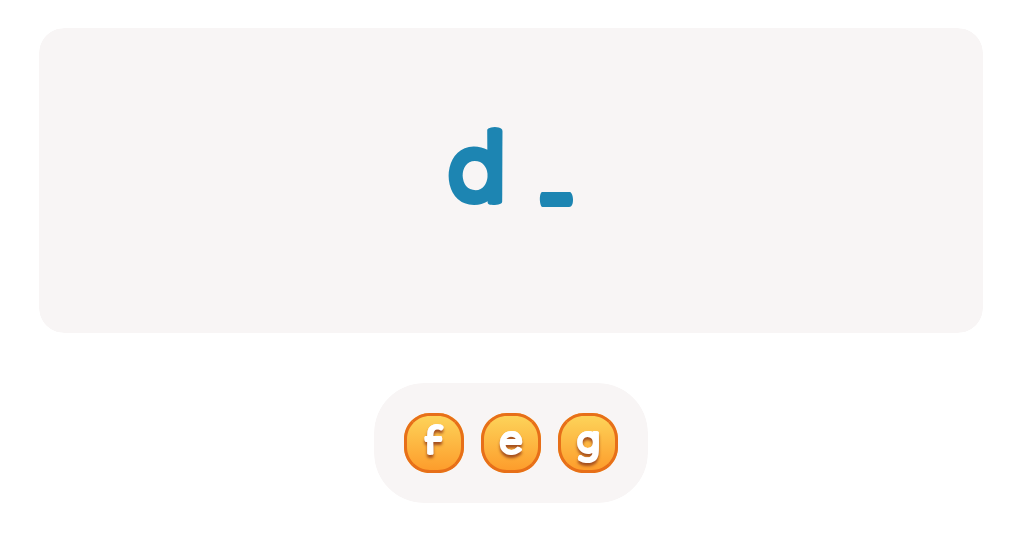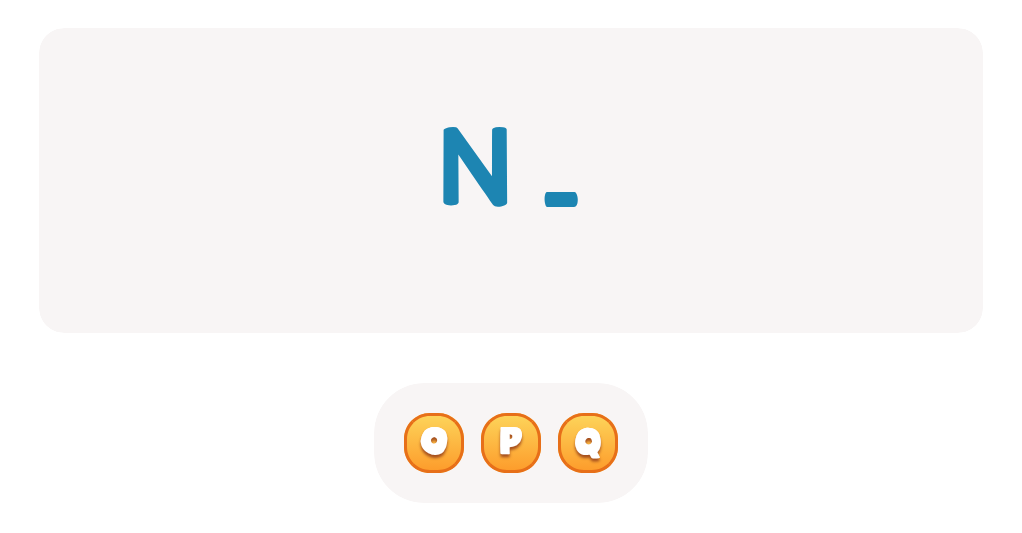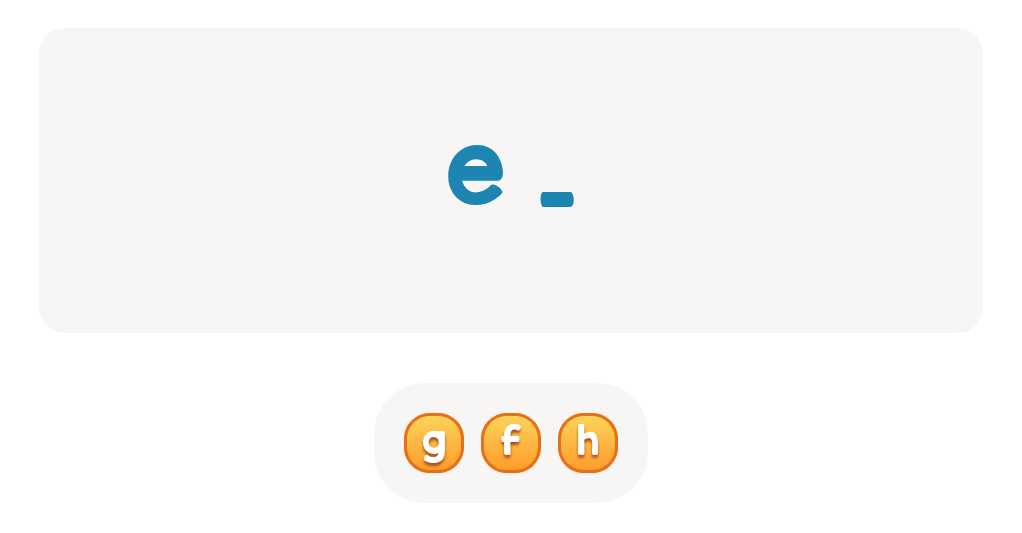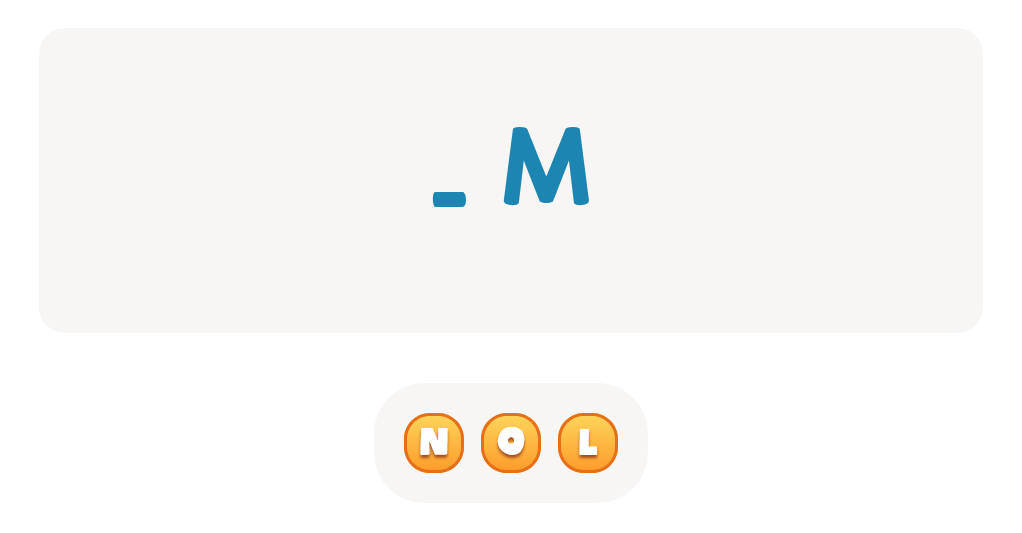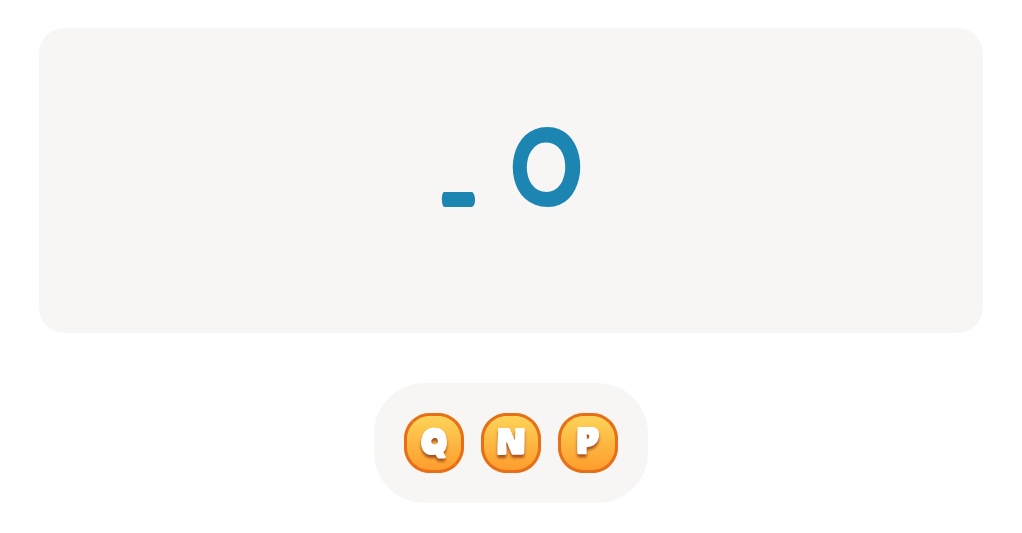Letter tracing skills Normal ABC Letters Worksheets
3 filtered results
-
From - To
Enhance your child's writing abilities with our "Letter Tracing Skills Normal ABC Letters Worksheets." Designed for early learners, these interactive worksheets provide a fun and engaging way for kids to master letter formation. Each worksheet features clearly outlined letters to guide young hands as they trace uppercase and lowercase characters. This foundational skill helps children develop fine motor control and confidence in their writing. Perfect for preschool and kindergarten classrooms, our letter tracing worksheets encourage independent practice, allowing children to reinforce their knowledge while enjoying the creative process. Start fostering strong literacy skills today with these essential resources!
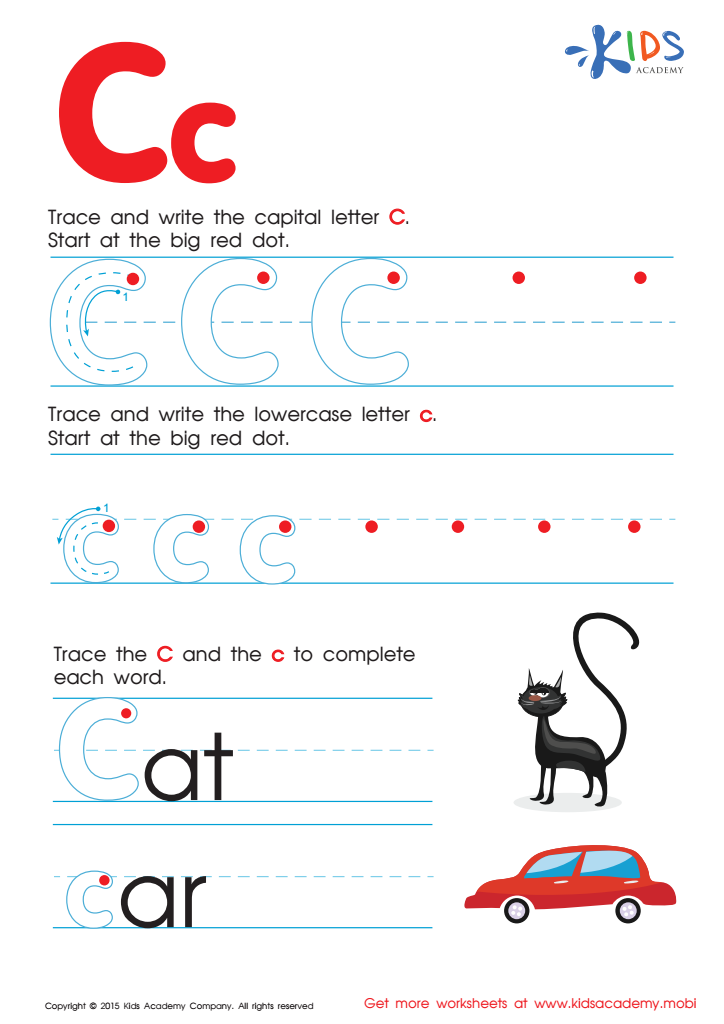

Letter C Tracing Page
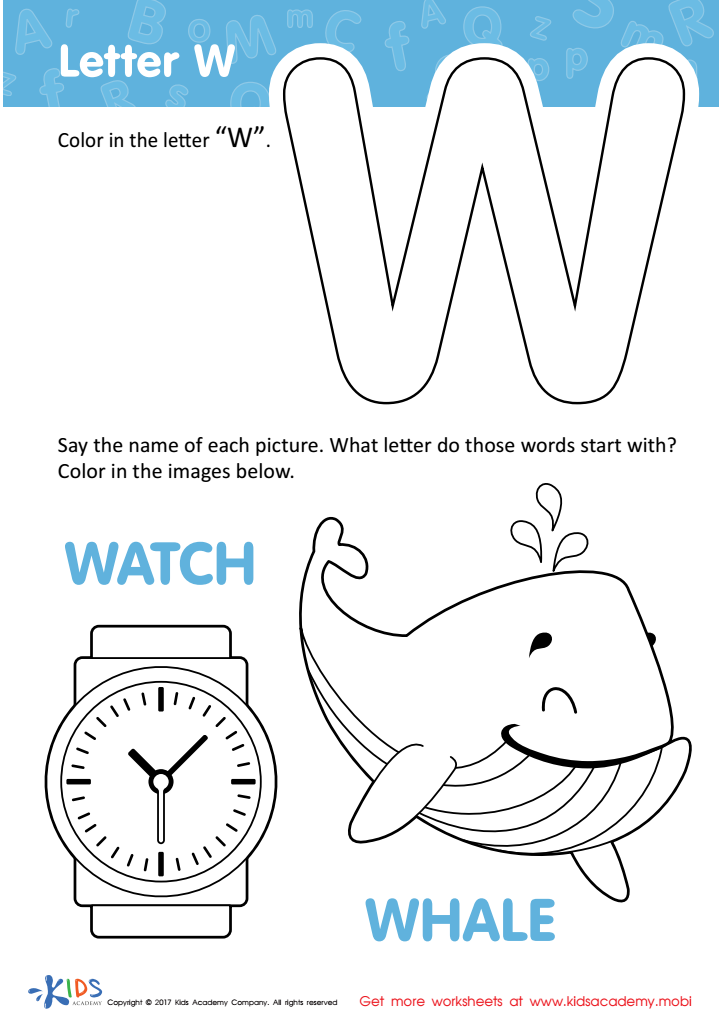

Letter W Coloring Sheet
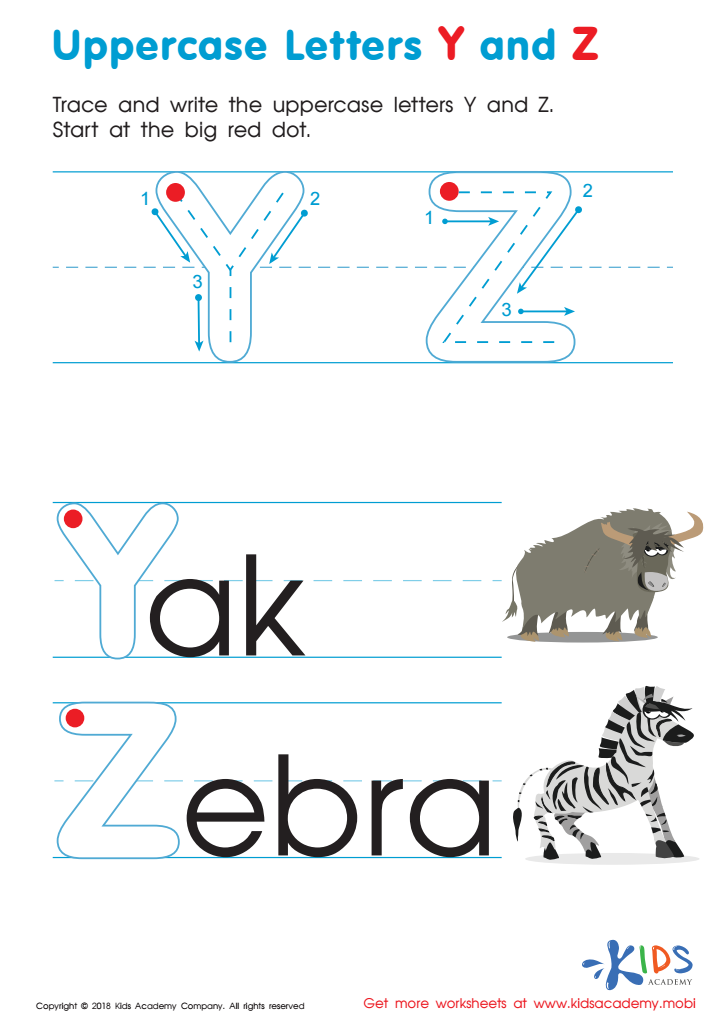

Uppercase Letters Y Z Worksheet
Letter tracing skills play a vital role in early literacy development for young children. Both parents and teachers should prioritize these skills because tracing helps reinforce letter recognition and formation, laying the groundwork for writing. When children trace letters, they engage in a multisensory approach, combining visual, auditory, and kinesthetic learning. This method enhances memory retention, improving their ability to recall letter shapes and sounds, which are key components of reading.
Additionally, practicing letter tracing helps develop fine motor skills, as children gain control over their hand movements. Improved motor skills enable them to write more easily and confidently, fostering their overall writing proficiency. Moreover, mastering letter formations early on can prevent frustration and confusion as children progress to more complex writing tasks.
Encouraging letter tracing in a fun and engaging manner can also foster a positive attitude towards learning, motivated by achievements in their writing skills. Ultimately, emphasizing letter tracing not only supports immediate literacy milestones but also instills a lifelong love for reading and writing. Therefore, parents and teachers have a substantial stake in promoting and facilitating letter tracing activities in order to cultivate young learners' confidence and proficiency in literacy.

 Assign to My Students
Assign to My Students


